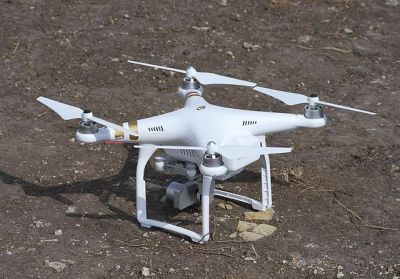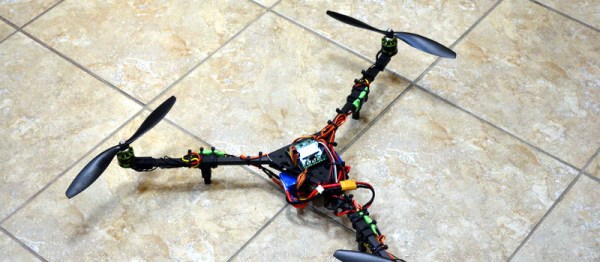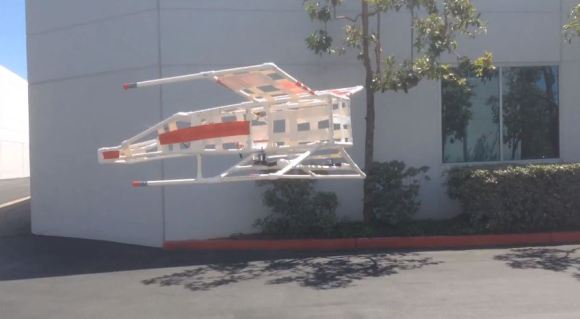
Of course, four-rotor designs are just one of many possible configurations of a multirotor. You will commonly see octocopters, but sometimes we’ve brought you craft that really put the “multi” in “multirotor”. If the computer can physically control a given even number of motors, within reason, it can be flown.
There is one type of multirotor you don’t see very often though, the trirotor. Three propellers on a drone is a rare sight, and it’s something we find surprising because it’s a configuration that can have some surprising benefits. To think about why, it’s worth taking a look at some of the characteristics of a three-rotor machine’s flight.
Continue reading “The Tri Rotor Drone: Why Has It Been Overlooked?”













